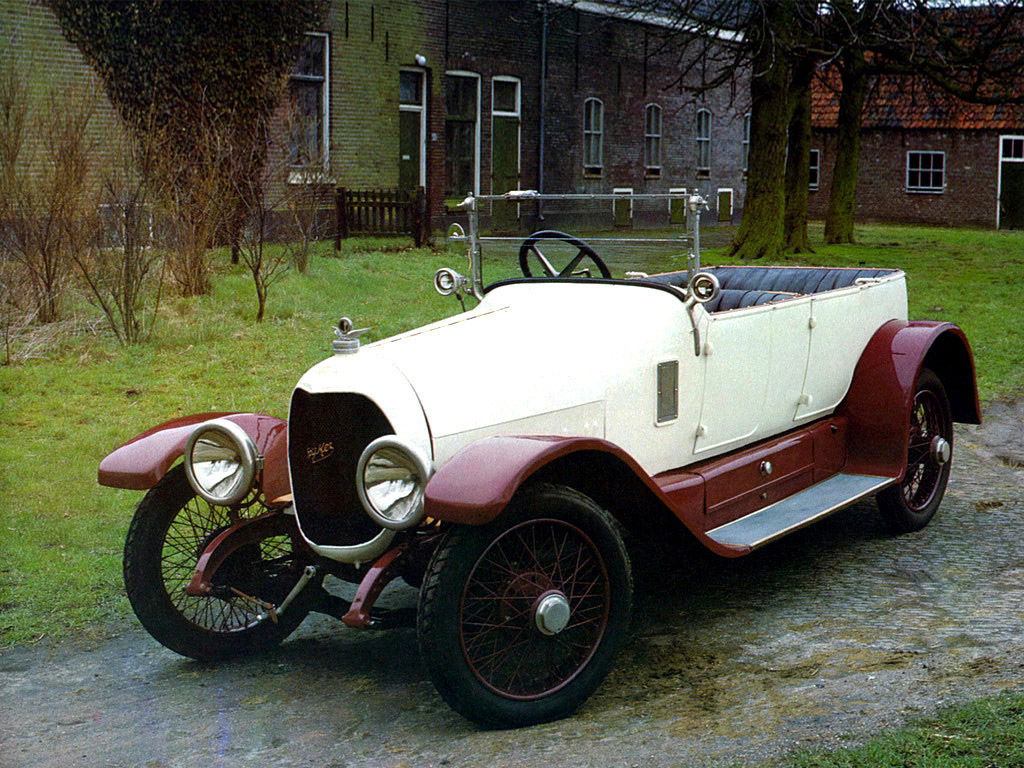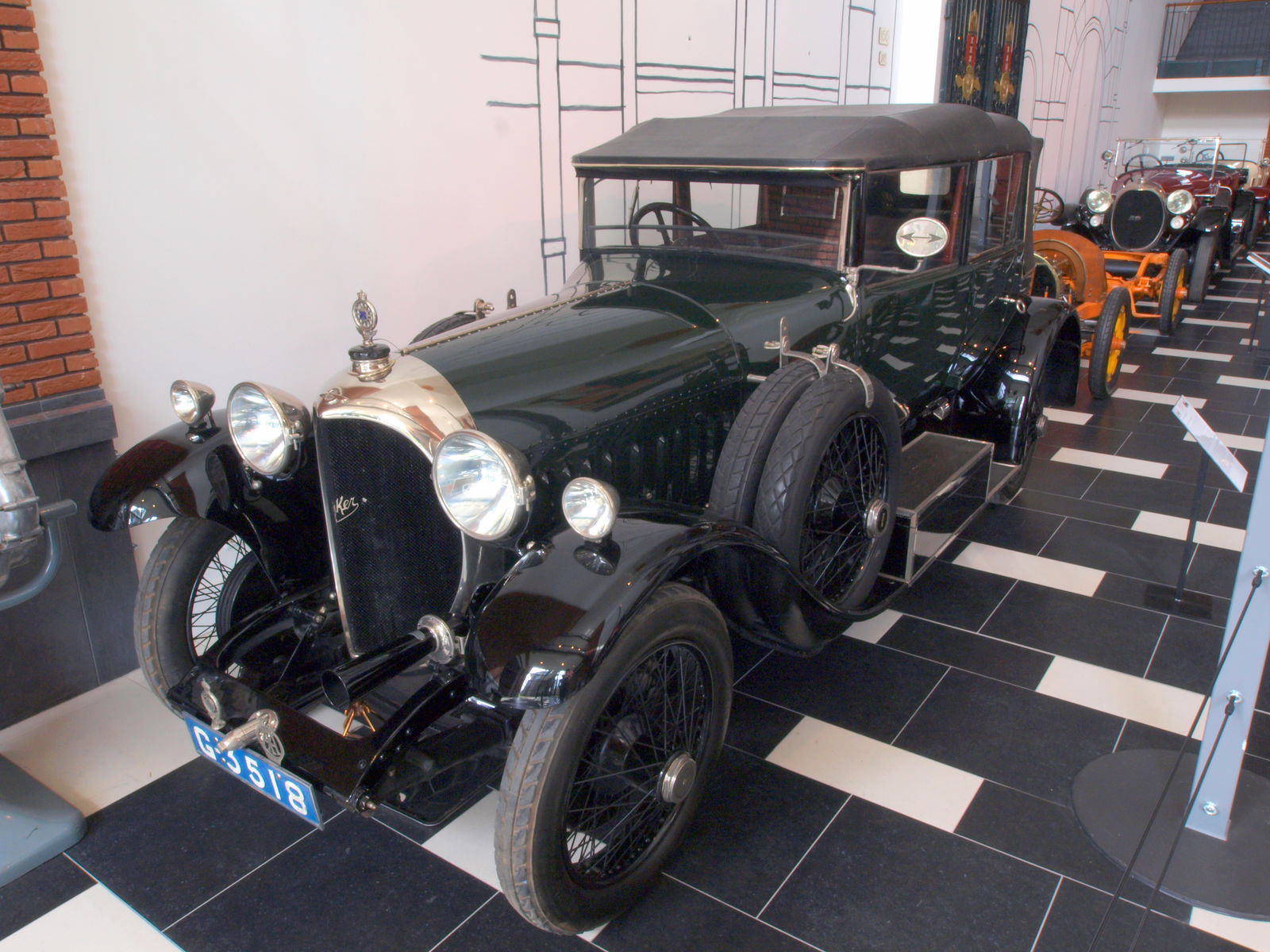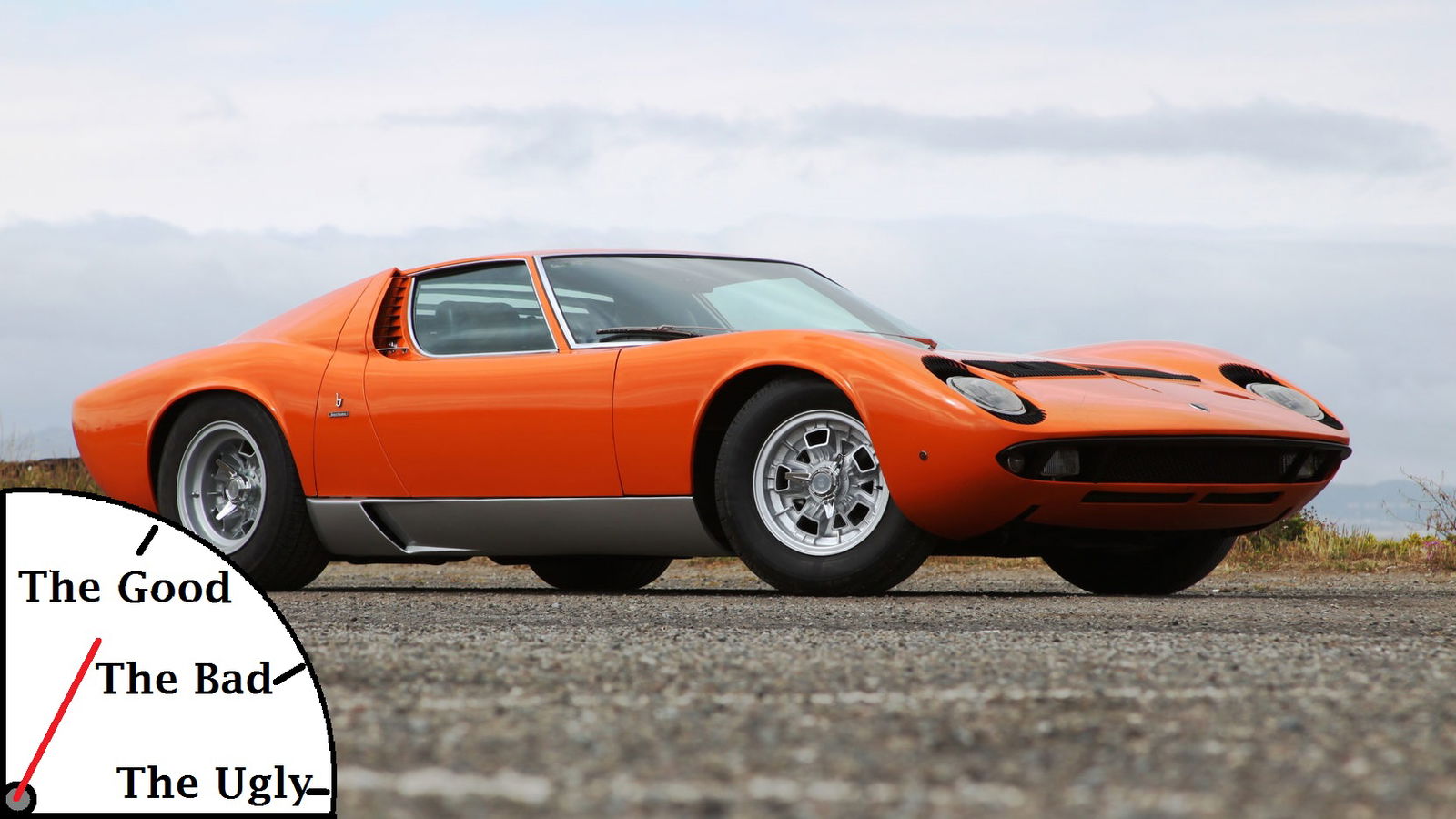Spyker: No Road Is Impassible
If I told you to name a European country that makes cars, what would come in mind? Germany, Italy, Britain, France and Sweden are the most common answers. But what if I told you that the Dutch has been doing this for a really, really long time?

If I told you to name a European country that makes cars, what would come in mind? Germany, Italy, Britain, France and Sweden are the most common answers. But what if I told you that the Dutch has been doing this for a really, really long time? Let me introduce you to Spyker, a Dutch car company with a rich background, founded by two brothers in the beginning of the 20th century.
They built some marvelous cars with very epic histories, the Dutch Royal State coach, and even some aircraft in World War 2! But these days, the company is fading away due to more famous manufacturers overtaking them like Lamborghini, Porsche, McLaren, Ferrari, etc. This blog embodies the history, heritage, revival and where the brand stands today,
Early Days

In the year 1880, two Dutch brothers, Hendrik Jan and Jakobus Spyker, decided to found a car company. They were both smelters of iron, and originally started out as a coach building company. They were originally based in Hilversum, a little town in The Netherlands, but they then moved to Trompbeurg, Amsterdam. In 1898, the Spyker brothers received their first special project, the Dutch Golden State Coach, still in use by the Dutch Monarchy today, and only comes out annually during special events.
One year later, they built their first cylinder powered car, based on the pioneering Benz motorcar. They won immediate acclaim for their outstanding craftsmanship and bodywork. It produced a very minuscule 3 HP, out of its very tiny 2 cylinder engine. But because technology hasn’t advanced yet at that time, it was the powerhouse of the auto industry.
Setting World Firsts

In the year 1900, they started building automobiles. They built two models, both with two cylinder engines, one with 3HP and 5HP. Not long after, Spyker allso built a car with a boxer engine, called the Spyker 5HP, which from its name, makes only 5HP. A water cooled engine was also in the lineup, which made only 6 HP. Spyker started to progress, developing 4-cylinder cars too. But it was with the 60HP Grand Prix Racer was when they revolutionized the entire industry.
The Spyker 60HP Grand Prix racer was the worlds first car to come with a 6-Cylinder engine, which is one of the most used engines in cars today. It was also the worlds first car featuring 4 Wheel Drive powered by only one engine, making the car outrun the competition in terms of acceleration. It revolutionized the auto industry because of those amazing feats that the Spyker brothers did to develop the legendary 60HP.
Taking To The Skies

Spyker held some racing victories. One notable victory was the Peking to Paris race in 1907, which was the most prestigious endurance race in the world before the 24 Hours of Le Mans was commissioned. It was done by the Spyker 14 P/K, modified for the race, driven by Frenchman M. Goddard. It took 6 months to complete the entire race covering 15,000 KM through two continents.
In 1914, in the beginning of World War 1, Spyker merges with Dutch Aircraft Factory N.V, and started building aircraft. A new motto was also made, “Nulla Tenaci invia est via”, which means “No Road is Impassible”. Spyker manufactured a total of 100 aircraft and 200 aircraft engines. After the first world war ended, Spyker manufactured the C1, an car inspired by aircraft, designed from their experience of building warplanes. It was intended as a show car, and a very limited number was produced. You could call it the worlds first track car.
Spyker's Golden Era

Spyker also broke two very prestigious records in its lifespan, one greater than the other. The Spyker Tenax broke the world endurance record, previously held by Rolls-Royce by 6000 KM. It completed 30,360 KM in one month, through harsh European winter weather, which proved that the car was built with great quality and high durability. But another record held by Spyker was more prestigious than this.
Renowned racing driver Selwyn Edge believes that technology has progressed enough to attempt to break the average speed record set in 1907. He chooses a Spyker C4 fitted with streamlined racing bodywork for the challenge, succeeding by driving at an average of 120kph (74.5 mph) during two 12-hour periods, making Spyker the speed record holder. It was the Veyron of that time.
Death of Spyker

Sadly, Hendrik-Jan Spijker died on his return journey from England when the ferry he was on, the SS Berlin sank, and this loss led to the bankruptcy of the original company. A group of investors bought the company and restarted production, but Jacobus Spijker was no longer involved. They tried their best to keep the company alive, but failed.
Rebirth of Spyker

Two businessmen, Victor Muller and Maarten de Bruijn resurrected the Spyker name in 1999. They unveiled their first car, the Spyker C8 on the Birmingham Motor Show one year later. They produced special edition cars on a limited number ever since. The C8 came in two body styles, the Laviolette, featuring a panoramic glass sunroof, and the Spyder, which was a convertible.
They were both powered by Audi V8 engines, producing 400 HP, producing a 0-60 time in 4.5 seconds, and a top speed of 300 KM/H. Not long later, Spyker released the C8 Double 12 R, a race car that raced in the GT3 cup. A road legal version was soon produced, called the C8 Double 12 S. In 006, the Spyker D8 Peking-To-Paris concept was unveiled, a Super-SUV made in homage to the 1907 victory at the 75th Geneva International Motor Show.
Into the first decade

In 2006, Spyker acquired the Midland Formula 1 team, making Spyker enter the FIA F1 season for the first time. One year later, Spyker introduced another new model, the C12, designed by Zagato, the company behind some of the most beautiful cars on the road today. The C8 was unveiled in 2006, a luxury GT with some classic design language produced in a limited number. In 2009, Spyker joined the worlds most prestigious endurance race, the 24 Hours of Le Mans and finished 5th place with the C8 Laviolette GT2R.
The Spyker C8 Spyder was unveiled the same year. In 2010, General Motors GM confirmed that Spyker and GM had come to an agreement allowing Spyker to purchase Saab Automobile. GM Will still supply the engines form its factory in Mexico, while Spyker does the managing and financial aspects of the company. But on February 23, 2010, Spyker Cars closed the deal to buy Saab Automobile from General Motors. Spyker and Saab operate under the parent company Swedish Automobile, named Spyker Cars N.V.
Times of Trouble

Because Spyker was losing money, they decided to sell Saab. Spyker CEO Victor Muller made several attempts at acquiring funding. A joint venture with Chinese company Hawtai was announced on May 3, 2011, only to fall apart a week later. Shortly afterwards joint ventures with Chinese car maker Youngman, and Chinese car-dealership chain Pang Da were announced. Negotiations ended with Spyker attempting to sell all of the shares in Saab Automobile to the Chinese companies on October 28, 2011, for 100 million euros. This transaction did not have the approval of former Saab-owner General Motors, who refused to supply technological licenses to Youngman and Pang Da. The proposed deal fell apart. Spyker CEO Victor Muller applied for the bankruptcy of Saab Automobile on December 19, 2011.
On February 2011, it was announced that Swedish Automobile, the Dutch owner of Saab Automobile, agreed to sell its sports-car unit to Vladimir Antonov, a former Spyker chairman and shareholder, was expected to pay 15 million euros for the company. However, in March 2011, the deal fell through, with Spyker’s manufacturing partner, CPP Manufacturing placing a bid, but this deal fell through later that month.
They were about to declare bankruptcy, until a turnaround happened in 2015.
Recovery and Today

In 2015, Spyker restructured and business ran as usual. But when Spyker was going through financial difficulties, two beautiful concepts were released, the B6 Venator, and the B6 Venator Spyder, two luxury GT concepts, which were sadly, never produced. Because the current C8 was aging, they decided to design and develop an entirely new car, the C8 Preliator.
Inspired by aviation, it was a luxury Grand Tourer with classic aircraft and automobile design language. It offered a rare combination of heritage, design, craftsmanship, performance and exclusivity. The 2-door mid-engine sports car made its debut at the 2016 annual Geneva International Motor Show. One year later, the C8 Preliator Spyder was unveiled on the 2017 Geneva Motor Show.
A historic deal in the company was also made. Swedish Hypercar builder Koenigsegg made an agreement to supply the Spyker C8 models with their insanely powerful V8 engines, powering some of the worlds fastest cars, such as the Agera RS, Regera and One:1. It will replace the aging Audi V8 that they use in their lineup, and once the cars are produced for the road, we all cant wait to see and feel how awesome the C8 is.














Comments
Great Blog
Pagination